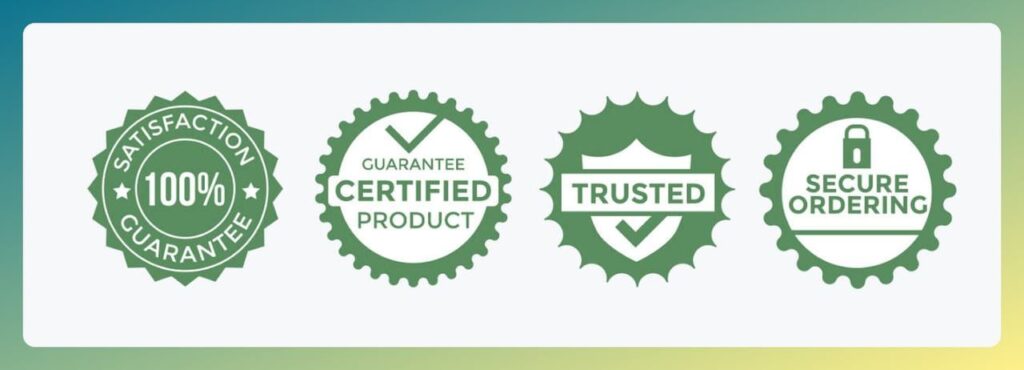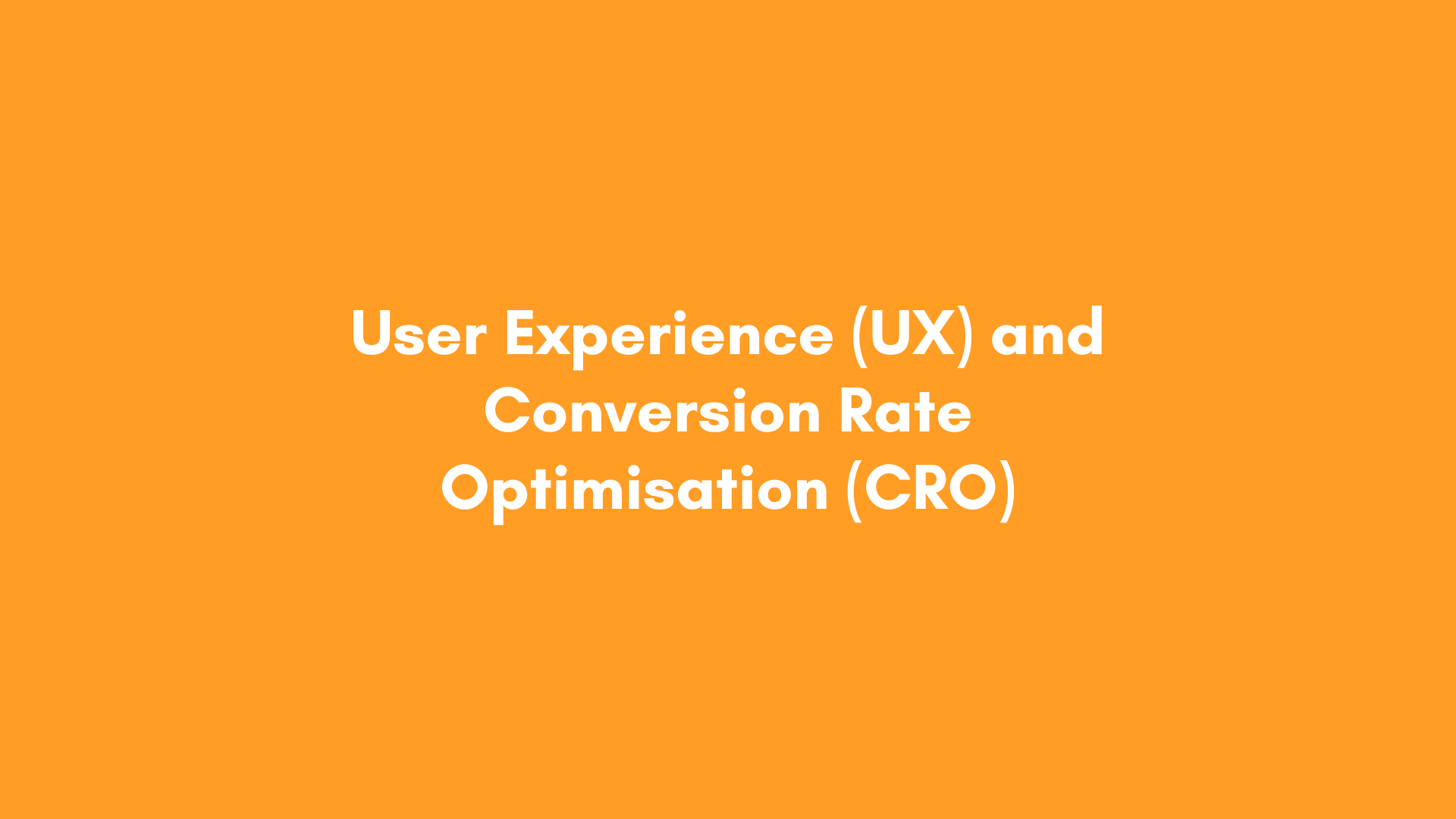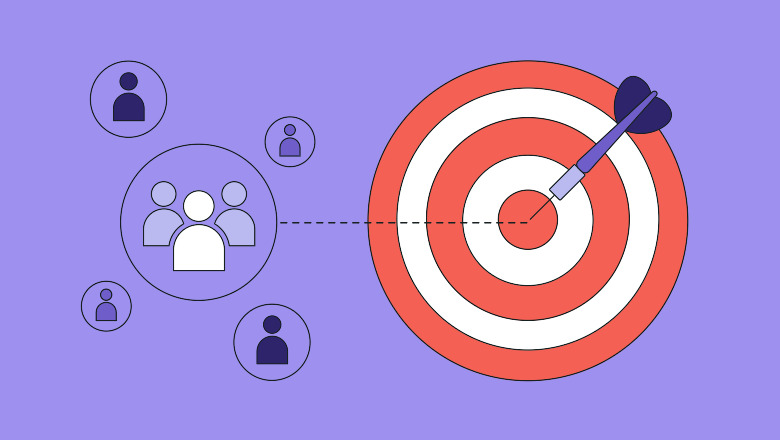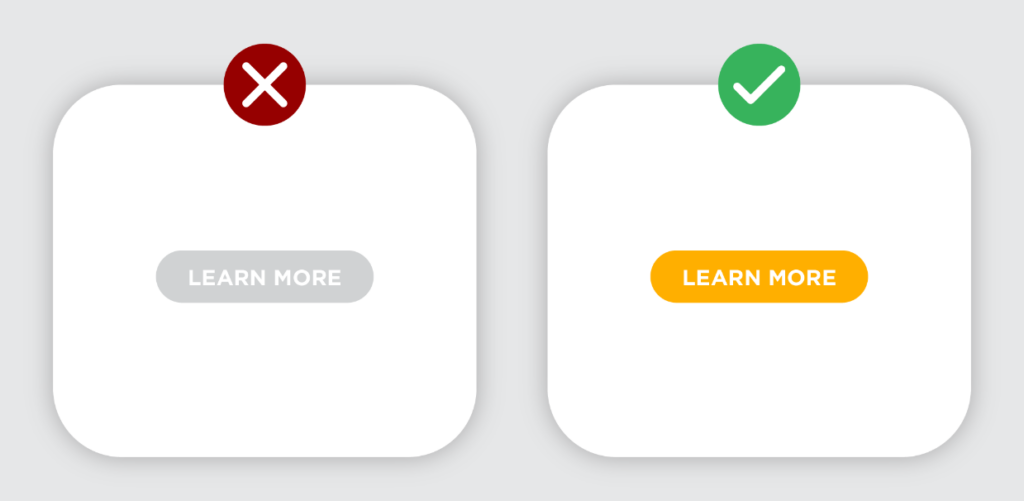
Cart abandonment is one of the biggest challenges in the world of e-commerce. Imagine potential customers browsing your store, adding products to their basket, and then leaving without making a purchase. It’s frustrating, isn’t it? But here’s the silver lining: cart abandonment isn’t just a loss—it’s also an opportunity to improve your processes, refine your website, and boost your revenue.
In this guide, we’ll explore the psychology behind cart abandonment, practical strategies for recovery, and conversion rate optimisation (CRO) techniques. By the end, you’ll have actionable insights to turn abandoned baskets into completed sales. Let’s dive in!

What is Cart Abandonment?
Cart abandonment happens when a shopper adds items to their online basket but doesn’t complete the checkout process. It’s a widespread issue that plagues e-commerce stores globally. According to recent studies, the average cart abandonment rate is a staggering 70%—meaning seven out of ten customers fail to finish their purchases.
Top Reasons for Cart Abandonment
To address cart abandonment effectively, you must understand why it happens. Here are the key reasons:
Unexpected Costs
Hidden charges like shipping fees, taxes, or additional costs often take customers by surprise, leading them to abandon their purchase.
Complicated Checkout Processes
A long or confusing checkout journey can discourage shoppers. People prefer simplicity—if they need to fill out endless forms, they’re likely to leave.

Lack of Trust
Concerns about payment security or unclear refund policies can prevent shoppers from proceeding to checkout.
Comparison Shopping
Many shoppers use their basket as a wishlist, adding items to compare prices across different websites.
Limited Payment Options
If a preferred payment method isn’t available, customers may give up.

Distractions or Hesitations
Some customers are simply not ready to buy. They may abandon their basket to “think it over” or get distracted by other tasks.
By addressing these pain points, you can significantly reduce your cart abandonment rate. Now, let’s discuss strategies to recover those lost sales.
Strategies to Recover Abandoned Carts
Recovering abandoned baskets requires a combination of smart tactics and customer-focused solutions. Here’s a roadmap to help you re-engage potential buyers:
1. Send Abandoned Cart Emails

Abandoned cart emails are a proven way to remind customers of the items they left behind. Here’s how to do it effectively:
- First Email: Send within 30 minutes of abandonment. Use a friendly tone like:
“Looks like you forgot something! Your basket is waiting for you.” - Second Email: Follow up within 24 hours with a gentle nudge, possibly including an incentive such as free shipping or a discount.
“Still interested? Complete your order now and enjoy 10% off!” - Third Email: Create urgency by highlighting low stock or limited-time offers.
“Hurry! Your favourite item is almost out of stock.”
Pro Tip: Personalise these emails by mentioning the items left in the basket.
2. Implement Exit-Intent Pop-Ups

Exit-intent pop-ups detect when a user is about to leave your website. Use this moment to present an irresistible offer, such as:
“Wait! Complete your order now and get 15% off your total.”
These pop-ups work particularly well when paired with urgency-driven messages.
3. Simplify the Checkout Process
The easier it is to check out, the more likely customers will complete their purchases. Key features to focus on include:
- Guest Checkout: Don’t force users to create an account.
- Progress Indicators: Show how many steps are left in the checkout process.
- Auto-Fill Features: Make it easy for users to input their details.
Pro Tip: Regularly test your checkout process to identify potential friction points.

4. Offer Diverse Payment Options
Cater to all customers by offering a variety of payment methods, including:
- Credit/debit cards
- PayPal
- Buy Now, Pay Later (BNPL) options
- Digital wallets like Google Pay or Apple Pay
Highlight the security of your payment process to instil confidence.
5. Use Remarketing Ads
Retarget customers with display ads on social media or search engines. Pair these ads with messages that remind shoppers of their abandoned items, such as:
“Your dream trainers are still waiting for you. Complete your purchase today!”
Conversion Rate Optimisation (CRO) Best Practices for Cart Recovery
Cart abandonment is closely linked to CRO. A well-optimised website can make it easier for customers to complete their transactions. Here are some CRO strategies to help recover abandoned baskets:
1. Create Urgency
Urgency is a powerful motivator. Use techniques like:
- Countdown timers during checkout.
- Messages like “Only 2 left in stock!”
- Limited-time discounts.
2. Leverage Social Proof
Build trust by showcasing:
- Customer reviews.
- Real-time notifications like “Jane from London just purchased this item!”
- Ratings and testimonials directly on product pages.
3. Optimise for Mobile Users
With over 50% of online traffic coming from mobile devices, a mobile-friendly site is essential. Prioritise:
- Fast-loading pages.
- Simplified navigation.
- Thumb-friendly buttons.
Pro Tip: Test your mobile checkout flow regularly across different devices.
4. Use High-Quality Visuals
Clear, attractive product images and videos can reassure customers about their purchase. Offer zoom-in features and highlight key details to build confidence.
5. Provide Transparent Policies
Clearly display your return, refund, and shipping policies. This transparency reduces hesitation and builds trust, especially for first-time buyers.
Measuring the Success of Cart Recovery Efforts
To optimise your recovery strategies, track these key metrics:
Cart Abandonment Rate
Formula: Cart Abandonment Rate=(Carts Created – Completed PurchasesCarts Created)×100\text{Cart Abandonment Rate} = \left( \frac{\text{Carts Created – Completed Purchases}}{\text{Carts Created}} \right) \times 100
Recovery Rate
The percentage of abandoned baskets that are successfully converted into purchases.
Email Open and Click Rates
Measure how effective your abandonment emails are in re-engaging customers.
Overall Conversion Rate
Monitor how well your site turns visitors into buyers.
Real-World Examples of Effective Cart Recovery
1. Amazon’s Persistent Basket
Amazon ensures that abandoned items remain in a customer’s basket until they return. This persistence encourages repeat visits and eventual purchases.
2. Nykaa’s Personalised Discounts
Nykaa, a leading beauty e-commerce platform in India, sends personalised emails offering discounts on abandoned products. These emails often include tailored product recommendations, enhancing their appeal.
3. Swiggy’s Timely Push Notifications
Food delivery platform Swiggy uses push notifications to recover abandoned orders. A message like “Your pizza is getting cold! Complete your order now and get ₹50 off” drives quick action.
Continuous Improvement Through Testing
No cart recovery strategy is perfect. Here’s how to refine your efforts:
- A/B Testing: Experiment with different email designs, pop-ups, and checkout layouts.
- Customer Feedback: Use surveys or chatbots to ask customers why they abandoned their basket.
- Stay Updated: Monitor emerging trends, like new payment methods or shopping behaviours.
Final Thoughts
Cart abandonment may be common, but it doesn’t have to be permanent. By understanding why customers abandon their baskets and applying proven recovery strategies, you can reclaim lost revenue and create a seamless shopping experience.
Combine these insights with strong CRO practices, and you’ll not only reduce cart abandonment but also foster customer loyalty. Remember, every abandoned basket is an opportunity to optimise, re-engage, and convert. Ready to start turning those “maybes” into “yeses”? Let’s go!






























































































Recent Comments